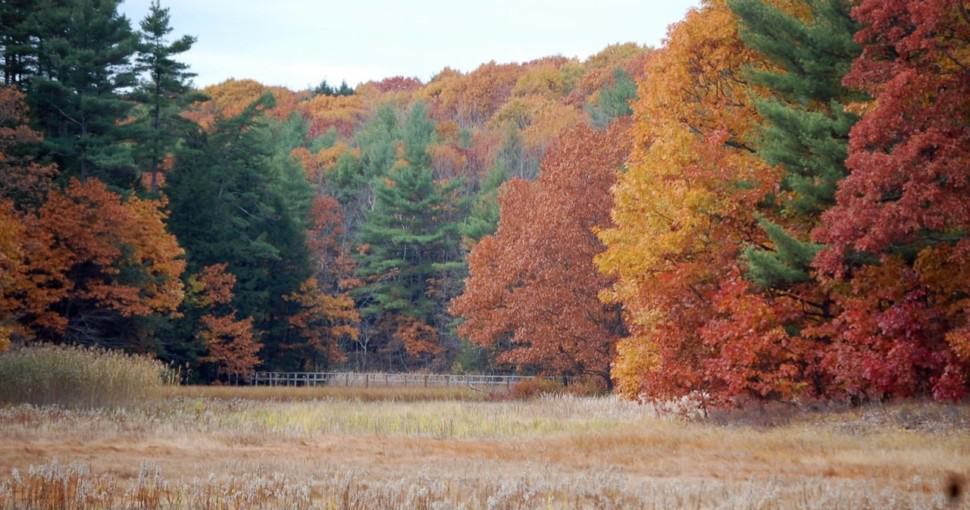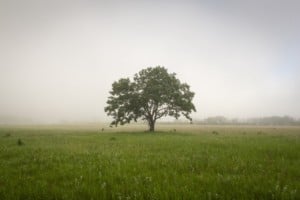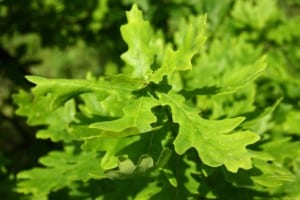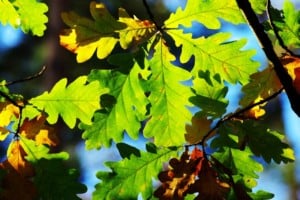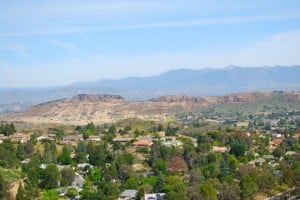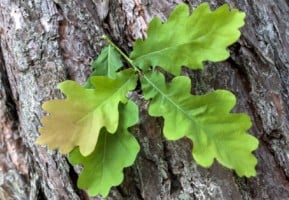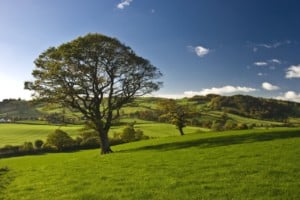The volume of forests in Maine has changed dramatically over the last 300 years, and this change is directly linked to humans. When compared to the mid-18th century, there is a significant improvement, with forests covering almost 90% of the state’s landscape. One common type of tree found here are oak trees.
Contents
Maine’s forests vary greatly, from beautiful flowering trees to coastal pine trees to northern hardwoods, maple and oak trees. Its forests are constantly changing as trees go through their various life cycles, which vary by species. A major contributing factor for the state’s wide-spread forests is that trees grow naturally in the state’s damp climate and fertile soils. Oak trees are abundant in Maine and are usually easily recognizable for their oval, lobed leaves, which are longer than they are broad.
Oak trees are one of the world’s oldest, most practical, and most extensively distributed trees. Oakwood was used to construct homes, equipment, and powerful ships for centuries. In today’s world, these trees remain one of the most important raw material suppliers. Oaks are resilient thanks to their acorns and leaves, which are coated with tannic acid. This protects the tree from insects and fungi that could potentially harm them.
The most common species you’ll find in Maine is the Northern Red Oak tree. One of the most difficult aspects of identifying Maine’s eight oak species is that some of them hybridize with one another, resulting in a plethora of features that can be difficult to distinguish without the help of an expert. Let’s talk about each of these species in detail.
1. Northern Red Oak (Quercus rubra)
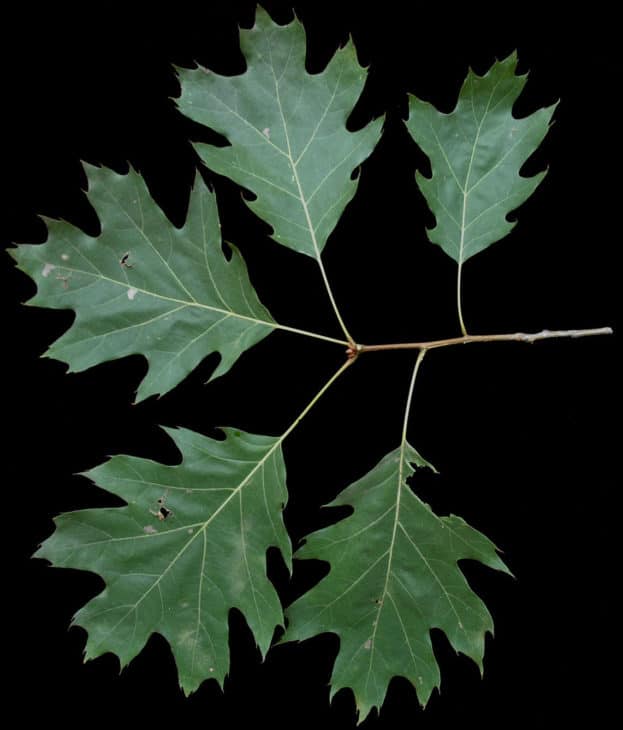
A matured Red Oak’s defining trait is that the red inner bark peeks through beneath the high ridges of the bark, forming what appear to be crimson streaks extending down the sides of the trunk. Its yellow-green leaves are lobed and bristle-tipped. It grows to 60 to 80 feet, with upright, horizontal, or stout branches. Its flowers appear in May when the leaves are half-developed.
2. Black Oak (Quercus velutina)
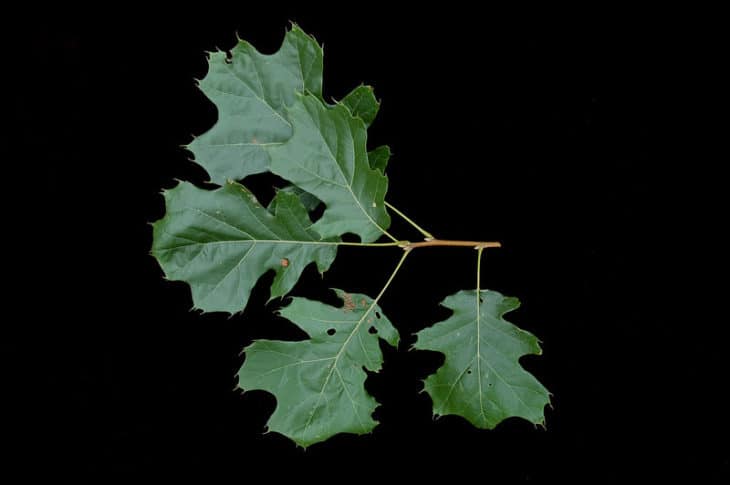
Black or Yellow Oak trees and commonly found near Fryeburg and other parts of southern Maine. It has a smooth and dark grayish brown bark with round ridges and grows up to 50 to 60 feet. Its dark green leaves vary in shape and outline, although they are usually 7 lobed with bristle points. Similar to other oaks, its flowers bloom in May.
3. Scarlet Oak (Quercus coccinea)
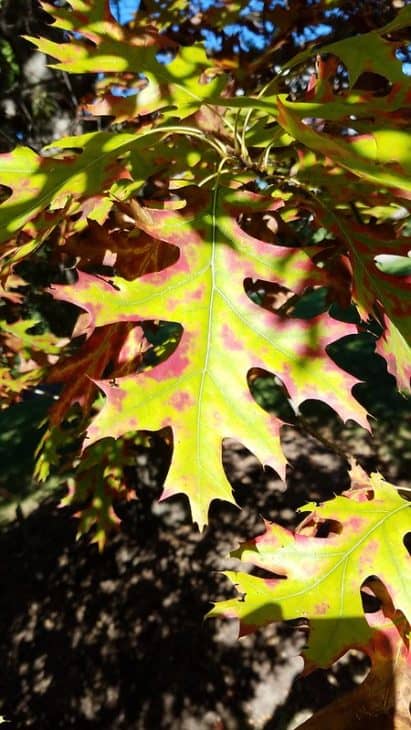
Scarlet Oak is native to the dry soils of uplands in Cumberland, Androscoggin, and York counties. It grows up to 30 to 50 feet and has a dark gray bark with reddish inner bark and irregular ridges. The bright green and shiny leaves turn a deep scarlet in autumn, creating a beautiful sight. Flowers appear in May when the leaves are partly developed.
4. Bear Oak (Quercus ilicifolia)
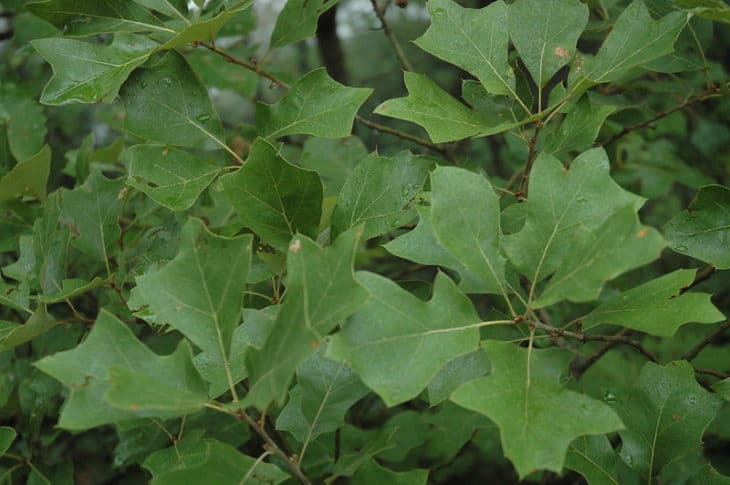
The Bear or Scrub Oak is smaller than other oak trees, reaching less than 20 feet high. Its acorns are very bitter and are only consumed by bears. It is common around Hancock County, in southern Maine, and along the coast. Its leaves separate it from the other oaks since the 2nd lobe from the base is comparatively larger than the others.
5. White Oak (Quercus alba)
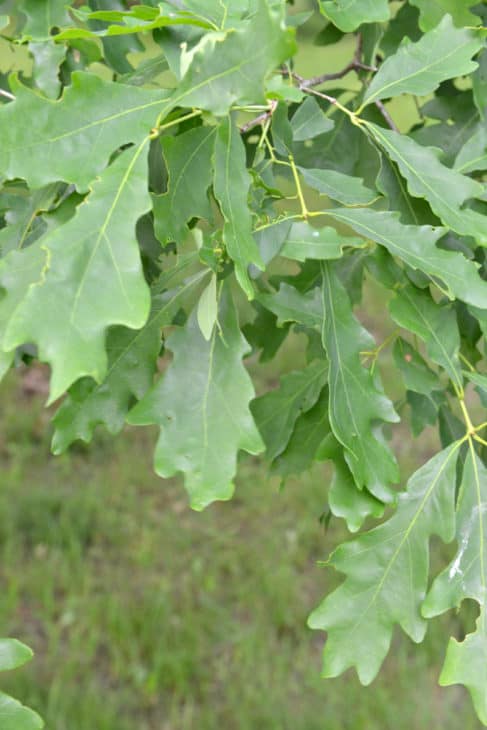
These trees are native to central and southern Maine, specifically in Knox, Oxford, and southern Franklin Counties. White Oak tree leaves are bright green with a pale underside and have rounded lobes. The tree has a flaky and pale ashy-gray bark. In optimal conditions, it can grow to be 60 to 70 feet tall, with a broad and rounded head. Its flowers bloom in May.
6. Chestnut Oak (Quercus michauxii)
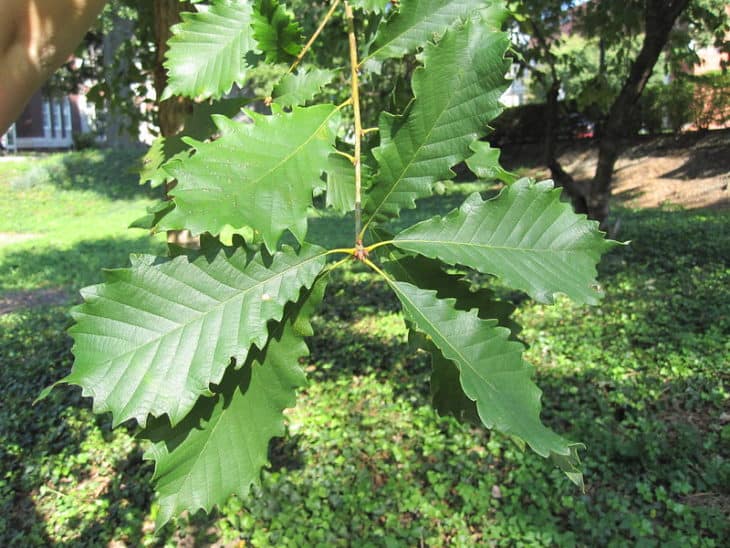
Chestnut Oak trees are indigenous to the southern tip of Maine. They are found in York County, Oxford County, and on Mount Agamenticus. They have a deeply furrowed bark that become ridged with age and yellow-green, hairy leaves that resemble chestnut leaves. These trees are tall and have a high canopy that can reach up to 40 feet.
7. Bur Oak (Quercus macrocarpa)
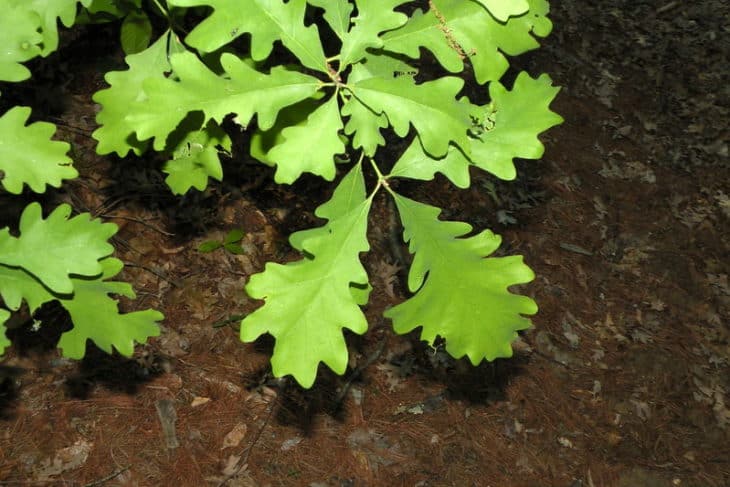
Bur Oak trees are plentiful in central and southern Maine, particularly along Sebasticook River, the Penobscot basin, and in Hancock County. It can grow up to 60 to 70 feet, featuring a deeply furrowed, scaly, grayish bark. The flowers appear in May, and its dark green leaves are violin-shaped with rounded lobes and a pale silvery underside.
8. Swamp White Oak (Quercus bicolor)
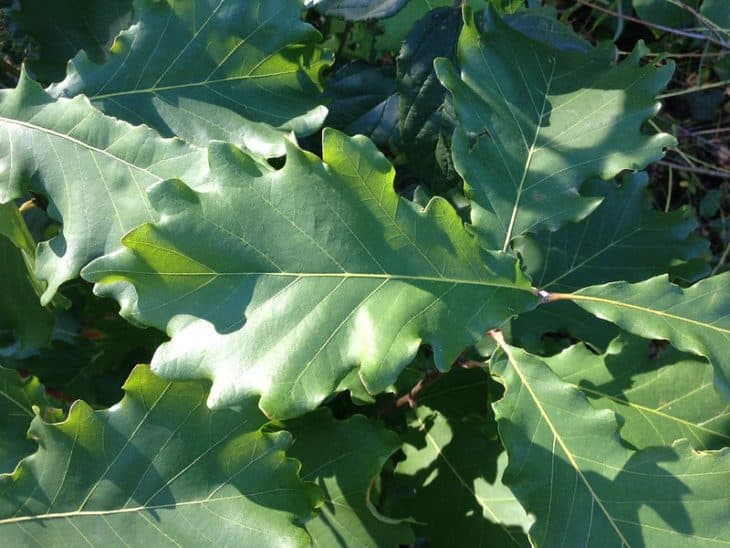
Swamp White Oak trees are not as abundant as the other oaks but are native to Androscoggin and York Counties. It can grow as tall as 50 feet, with a round-topped, narrow head. The bark is grayish-brown and flaky or ridged. The surface of its slightly lobed leaves is dark green and shiny, while the underside is pale white. Its flowers appear in May.

